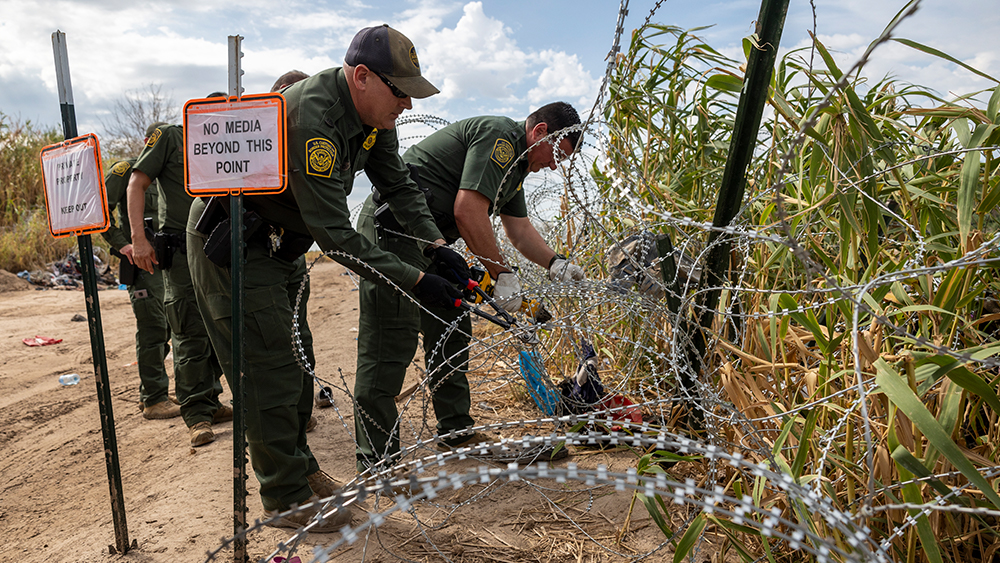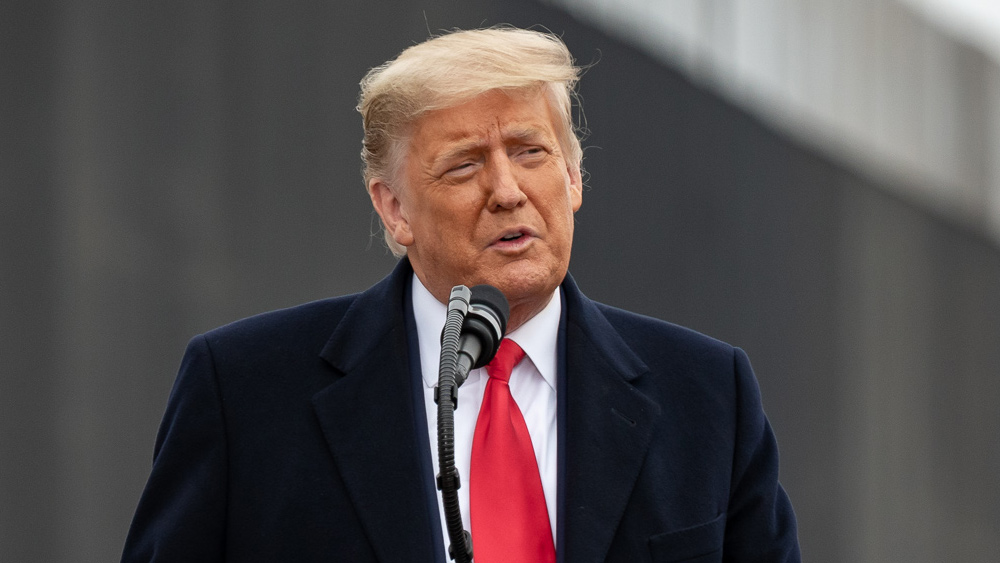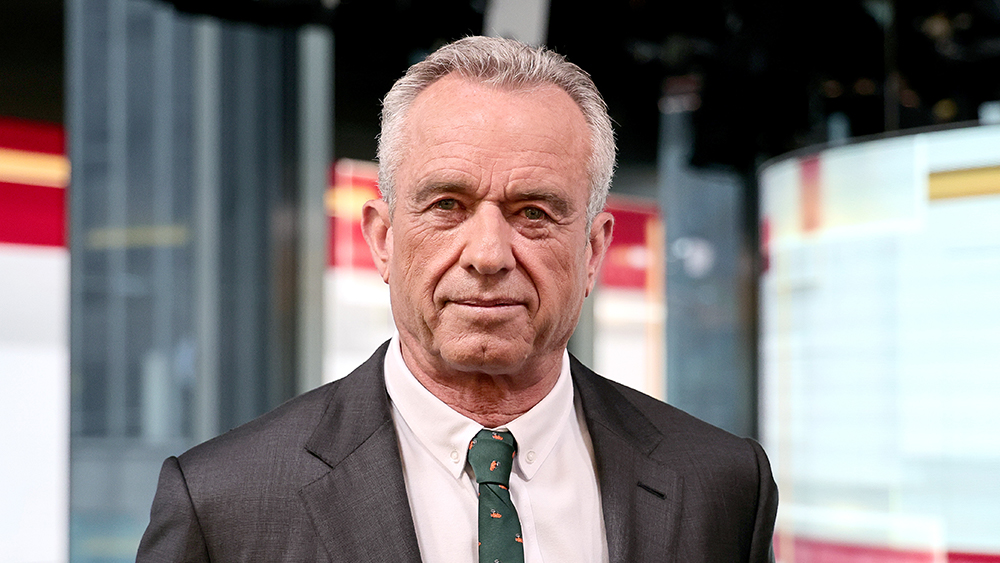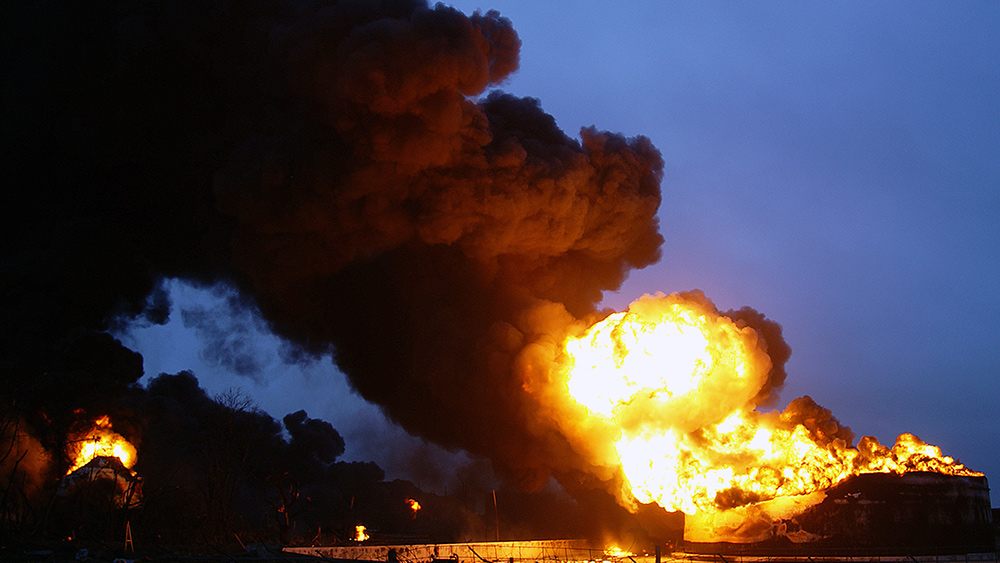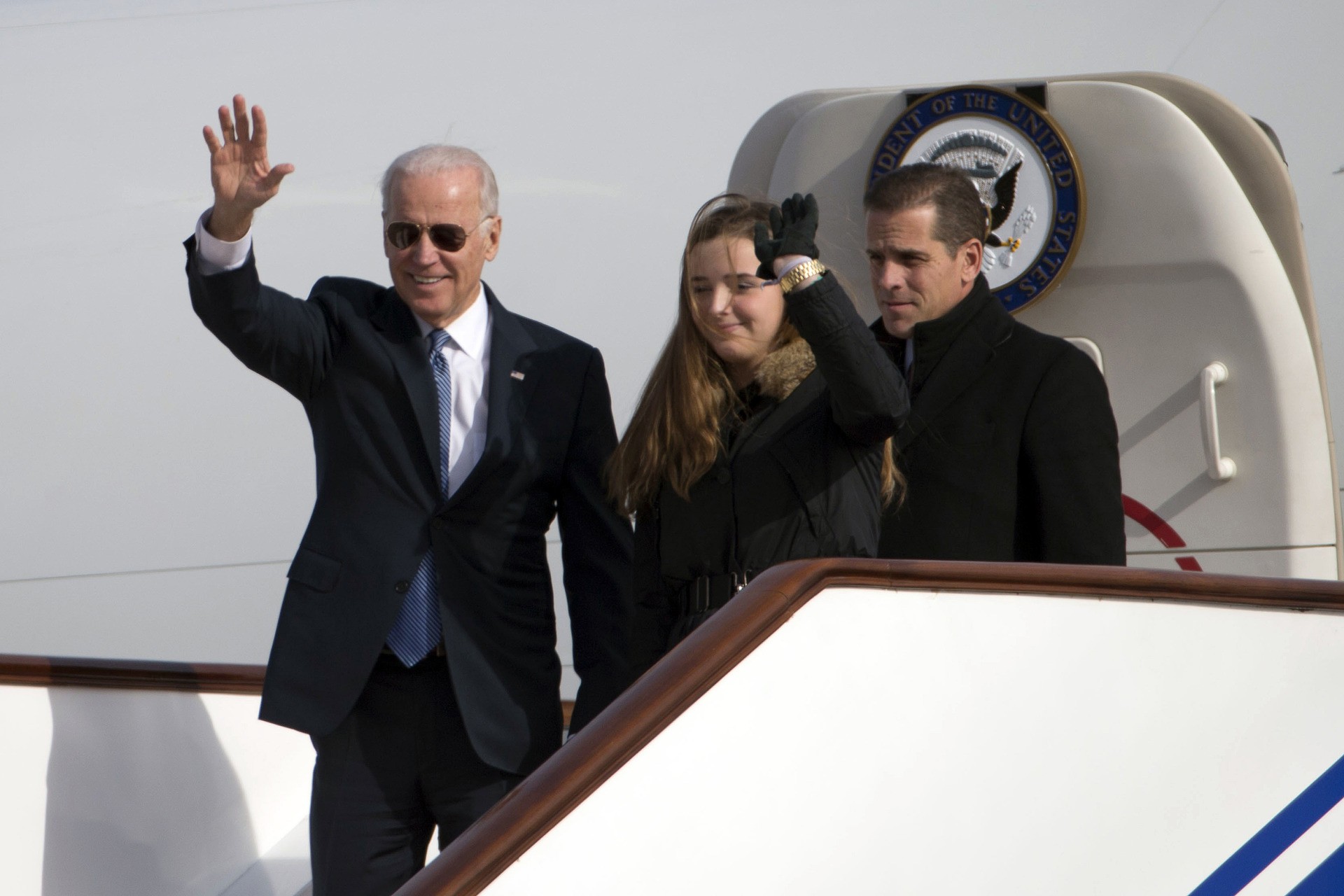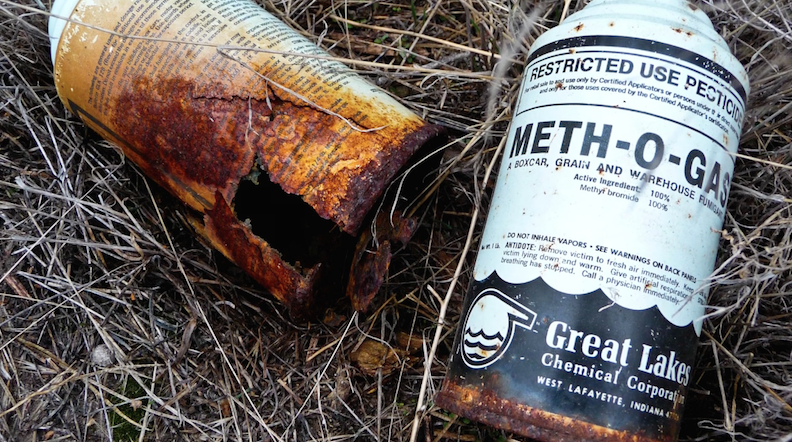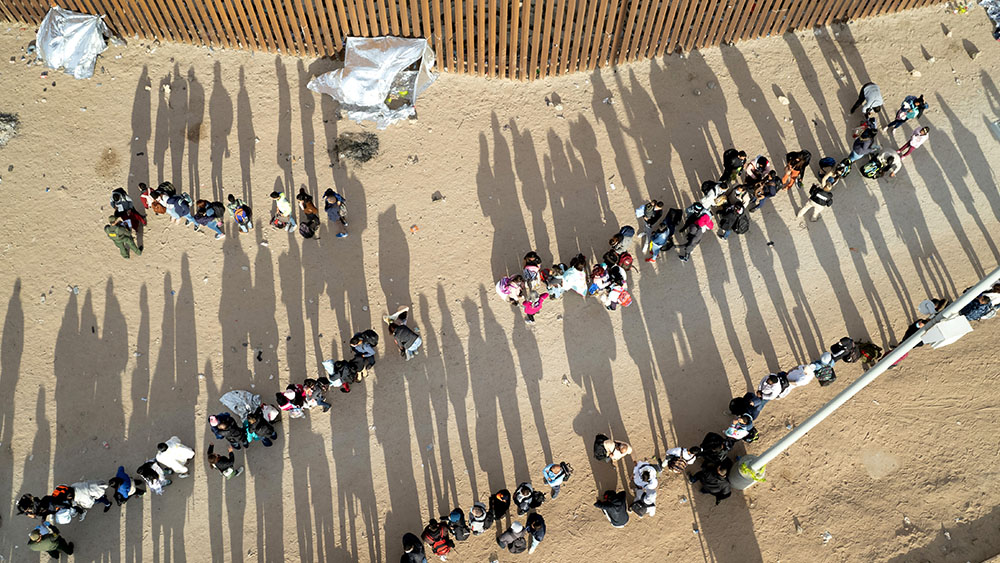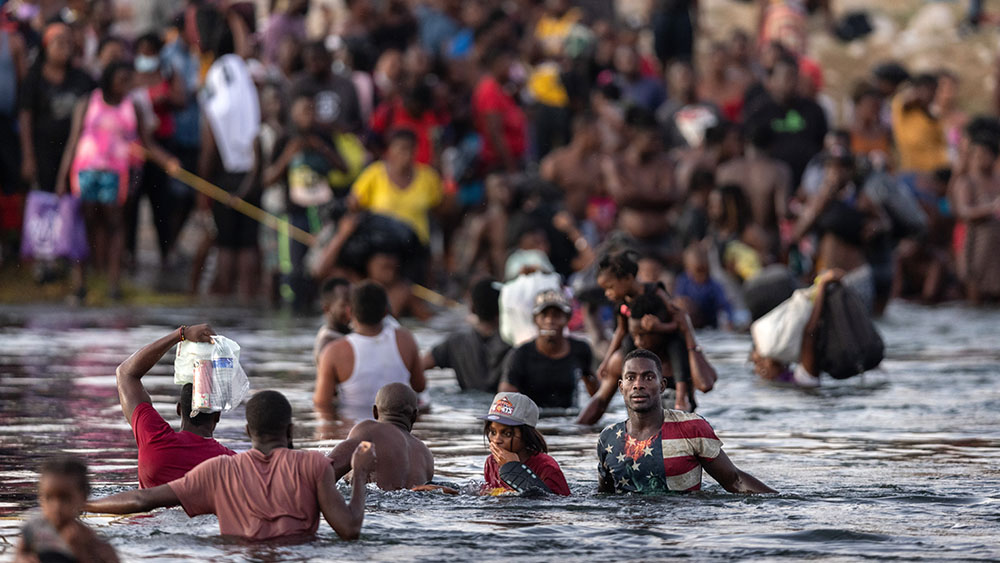ESCALATION: U.S. to deploy 3,600 Army troops in Eastern Europe
09/28/2023 / By Kevin Hughes

The United States Armed Forces is increasing its deployment of troops to Europe as the Russian special military operation in Ukraine continues, with an additional 3,600 Army troops slated to head to Eastern Europe this fall.
The Army declared on Sept. 20 that about 3,400 soldiers with the 101st Airborne Division’s 3rd Infantry Brigade Combat Team and 200 soldiers from the 82nd Airborne Division Headquarters will head to Eastern Europe in the coming weeks. Army officials note that the units will be deployed mainly to Romania and Scandinavia. (Related: Biden orders 3,000 Army reserve troops to prepare for European deployment.)
“We look forward to the return of the 82nd Airborne Division to the continent, and to the Rakkasan’s next ‘rendezvous with destiny,’ which follows the back-to-back deployments of their storied division’s two other infantry brigade combat teams,” said Army Col. Martin O’Donnell, a spokesman for U.S. Army Europe.
The deployment of troops from the 101st and 82nd Airborne comes is meant to replace Army divisions that are currently deployed in Europe.
The 101st Airborne will take the place of the division 1st Infantry Brigade Combat Team. Meanwhile, the 82nd Airborne will replace a similar unit from the 10th Mountain Division.
The 10th Mountain troops have rotated through postings across Eastern Europe and are presently getting ready for joint exercises with the Romanian military.
“During the upcoming deployments, these disciplined airborne and air assault units, just like the 10th Mountain Division and 1st Infantry Brigade Combat Team, 101st Airborne Division before them, will build allied competency and increase interoperability, and improve their combat readiness and warfighting abilities,” O’Donnell said.
Department of Defense officials were discussing whether to backfill both the 10th Mountain Division Headquarters and 1st Infantry Brigade Combat Team, 101st Airborne Division based on a report from NBC News last Sept. 1.
According to Marta Kepe, a senior defense analyst with the RAND Corporation, the deployments will not boost the U.S. military’s presence on the continent but keeping that number steady with unit rotations indicates that America continues to be committed to the region.
“The rotation also indicates that the U.S. has both the political will and the military capability to carry out force rotations in Europe. It may also indicate that in case of necessity, the U.S. could be able to support a longer overlap of rotating forces in there,” Kepe said.
Around 85,000 American troops currently deployed to Europe
Over the past two years, the number of American military servicemembers deployed in Europe has fluctuated between about 80,000 and 105,000, with numbers usually rising to the higher average during military exercises and when unit deployments end and their replacements arrive at the continent. Currently, around 85,000 troops are deployed or assigned to Europe.
The number of troops deployed to Europe has increased somewhat since February 2022, following the beginning of Russia’s special military operation in Ukraine. However, the number of American military personnel on the continent is still much lower compared to force levels in Europe toward the end of the Cold War, when about 300,000 U.S. troops were based in Europe to counter any potential threat from the Soviet Union.
Ivana Stradner, a Russia expert with the Washington, D.C.-based think tank the Foundation for the Defense of Democracies, notes that besides the conflict in Ukraine, Russian President Vladimir Putin has also been employing proxies to promote conflicts in other parts of Europe, such as in Moldova with the country’s Russian sympathizers as well as the pro-Russian breakaway state of Transnistria and in Kosovo with the pro-Russian Serbs of North Kosovo and Serbia proper.
Stradner said that Putin’s goal is to continue to test the “red lines” of the North Atlantic Treaty Organization and to make the coalition look powerless to prevent conflict.
She added that the American military’s decision to maintain force posture in Europe is a show of determination from the West amid fading political support for Ukraine in the U.S. and Europe.
“This will not provoke Russia, as some people claim. On the contrary: Russia only understands force. Kindness is weakness, and weakness provokes people like Putin,” Stradner said.
Follow NationalSecurity.news for more news about the state of America’s military.
Watch the video below as a former U.S. Army officer breaks down the conflict in Ukraine.
This video is from the Tim Kirby Russia channel on Brighteon.com.
More related articles:
Why are American hospitals treating wounded Ukrainian soldiers?
Trump: COMPROMISE with Russia could have helped Ukraine avoid war.
Sources include:
Submit a correction >>
Tagged Under:
armed forces, big government, chaos, conspiracy, Europe, military, military deployment, national security, Russia, Russia-Ukraine war, troop deployment, Ukraine, United States Armed Forces, US Army, World War III
This article may contain statements that reflect the opinion of the author
RECENT NEWS & ARTICLES
COPYRIGHT © 2017 BIG GOVERNMENT NEWS




